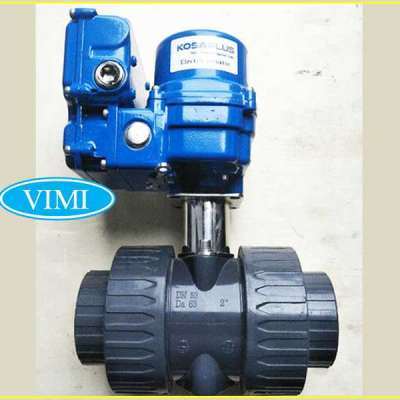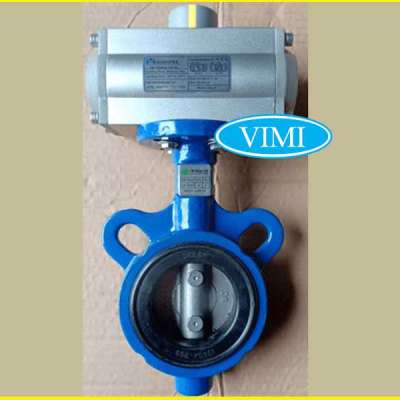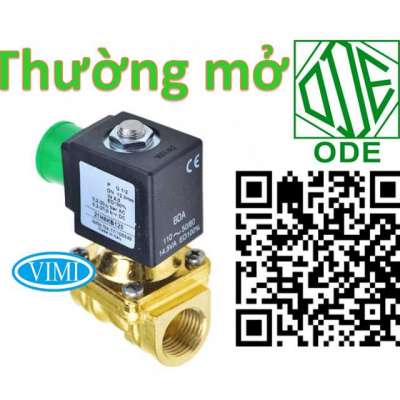Creating Immersive Experiences with Commercial AV Technology
Introduction
Commercial AV technology has come a long way in recent years, enabling companies across various industries to create truly immersive experiences for their customers, visitors, and employees. From interactive digital displays and projection mapping to audiovisual conferencing solutions, the technologies available today allow businesses to transform otherwise ordinary spaces into memorable and engaging environments. In this blog post, we will explore some of the leading commercial AV technologies and techniques that can be leveraged to generate compelling immersive experiences.
Large Format Displays
One of the most popular ways to enhance sensory immersion is through the use of large format displays. Screens have increased drastically in size, going from 50 to 70 inches a few years ago to well over 100 inches today. These jumbotron-sized displays provide an expansive canvas to display captivating visual content that captures people’s attention. They are perfect for welcoming visitors in lobbies, sharing corporate presentations, streaming broadcasts, and more.
Many companies are now installing multiple large format displays together in creative architectural configurations. For example, arranging screens in a videowall setup allows viewing of a single panoramic image across the entire expanse. Curved displays wrapped around columns or in concave shapes generate an enveloping sensory experience. Interactive touchscreens take immersion a step further by enabling two-way engagement.
Projection Mapping
Projection mapping involves projecting digital images, videos and animations onto physical surfaces and objects in three-dimensional space to turn them into interactive displays. This cutting-edge technology allows businesses to transform ordinary walls, floors or structures into mesmerizing digital canvases. Projects can be programmed to respond to sound, motion, and touch inputs for a truly immersive experience.
Some interesting applications of projection mapping include architectural projections that augment buildings with visual effects. Event planners use it to create magical ambiences and backdrops for galas, concerts and product launches. Museums employ it to bring historical artifacts and exhibits to life through projected animations and storytelling. Retail stores are leveraging it to draw people in with vibrant interactive window displays. The possibilities are endless to reimagine interior and exterior spaces visually.
360-Degree Video and VR
Technologies like 360-degree video and virtual reality (VR) take immersion to a whole other level by creating fully surround sensory experiences. 360 video captured through specialized cameras placed allows viewers to look in any direction as if they are physically present at the location. Businesses can use this to transport visitors virtually anywhere in the world through interactive screens and VR headsets.
For example, real estate companies showcase properties through immersive 360 property tours. Tour operators provide virtual access to destinations. Manufacturers demonstrate complex machinery and production processes. Museums offer virtual trips through history. Healthcare organizations let patients preview procedures. The applications are expanding rapidly as content creation and delivery technologies improve. Commercial VR with haptic feedback can also generate multi-sensory experiences through simulation.
Spatial Audio
Adding an enveloping 3D audio component is critical to create fully immersive sensations. Commercial AV solutions like object-based audio allow content creators to assign sounds to different positions in a virtual 3D space and have them pan, move and change based on viewer activity for an amost lifelike effect.
Systems with multiple carefully calibrated speakers placed throughout a space can generate an amazing surround sound field that makes audiences feel like they are inside the content. Applications include theaters, planetariums, touring exhibits, simulation systems and more. Audio conferencing solutions embedded with sophisticated beamforming microphones also eliminate extraneous noise very effectively to transport remote users right into the discussion.
Interactive and Programed Content
While impressive displays, projections and audio are key ingredients, immersion is heightened exponentially through interactive and programmed content. Advanced control systems allow integration across all the elements for synchronized choreographed presentations.
Content can be designed to integrate real-time data, sensor inputs or user behavior to provide feedback and alter the experience dynamically based on engagement. Guests could make choices that impact the storyline or solutions. Applications involving augmented and mixed reality simulations are especially well-suited for fields like training, education and demonstration. Well-designed programming can capture attention for prolonged engagement to positively impact learning, performance or purchase decisions.
Implementation Considerations
Creating immersive experiences at scale definitely requires meticulous planning and execution. Some factors to consider include architectural impact and mounting structures needed, content strategy and production, integration infrastructure, change management, training and technical support requirements. Budgeting for installation, programming, maintenance over the solution’s lifecycle is important.
Partnering with experienced AV integration firms can help navigate these aspects smoothly. They offer planning, design, implementation and round-the-clock support services. Collaborating with creative agencies experienced in UX design, content production and interactivity can ensure maximum impact. Regular assessment of visitor behaviors, feedback and measurable results allows refinements over time to optimize experiences. With the right commercial technologies, partners and strategic implementation, businesses can deliver truly transformative experiences.
Conclusion
In summary, recent advances in commercial AV technology have empowered companies across industries to generate highly compelling immersive experiences for their customers, visitors and employees. Large format displays, spatial projection mapping, 360-degree video, virtual reality, spatialized audio and interactive systems combining multiple sensory stimuli can transform how people perceive and engage with physical and digital content. Immersive experiences have the potential to positively impact areas like education, training, marketing, sales and more when designed and delivered strategically. With careful planning and the right technical and creative partners, any organization can leverage these tools to bring their brand stories to life in completely new and memorable ways.
Learn More:- https://v4.phpfox.com/blog/827....2/key-components-for
Like
Comment
Share















